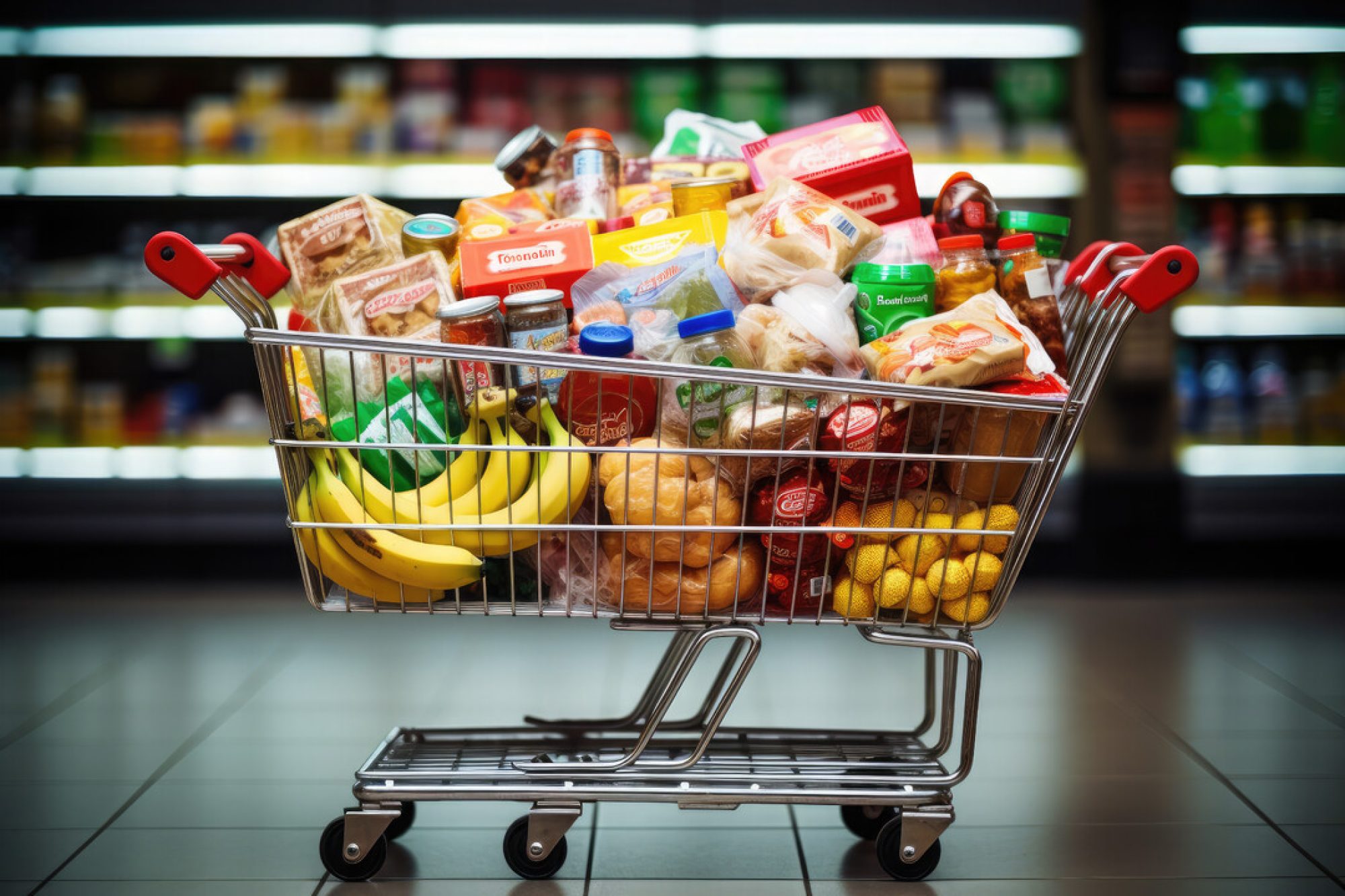Risks & Management:
Product Recognition
-
- Risk
- The barcode scanner may fail to recognize some products or barcodes
- Risk management
- The app should indicate when it is unable to read the barcode or unable to find the product through alerts to the customer.
- Contingency Plan
- The app should allow a customer to manually enter in a product if the barcode scanner and database system is unable to recognize a product.
Design Changes & Justification:
- Transition from Computer Vision to Barcode Scanning
- Why: Our visit to Aldi revealed that CV might struggle with detecting stacked or partially visible items, leading to missed detection. Additionally, almost all products except some produce had barcodes, making barcode scanning a more reliable and deterministic approach. This ensures users can confidently scan each item without worrying about recognition errors. Barcode scanning also provides instant confirmation, unlike CV, which may silently fail.
- Impact:
- Remove YOLOv8-based object detection, eliminating the need for an RGB camera.
- Reduced computational complexity -> Moved from Jetson Nano to Raspberry Pi for better efficiency
- Improved reliability, as barcode scanning is more accurate for grocery identification.
- Cost considerations:
- Reduced cost by eliminating the need for high-powered GPU-based system.
- Incurred new costs for barcode scanners
- Mitigation:
- The UI will guide users through manual product entry in case a product is unscannable.
Progress:
- Since we removed CV-based object detection, the focus has shifted to barcode scanning, AI_driven recommendations, and dietary filtering.
- The revised schedule is:
- GNATT chart

- So far, we have made progress on:
- UI app development
- Hardware Design
- Database Setup
Part A: Public Health, Safety, and Welfare Considerations
With respect to public health: SmartCart promotes both physical and mental wellbeing. On the physical side, it encourages balanced nutrition through its meal planning features. The psychological benefit comes from reducing the stress associated with meal planning and grocery shopping decisions.
With respect to safety: The system’s primary safety feature is its allergen detection and filtering capability. By automatically identifying and flagging products containing specific allergens, it helps prevent potentially dangerous allergic reactions. This creates a safety barrier for individuals with food allergies.
With respect to welfare: Smart cart helps food security by optimizing how suers spend their grocery budget and preventing food from going to waste. It makes nutritious food more accessible by providing smart recommendations tailored to each person’s needs and resources.
Part B: Social Considerations
With consideration of social factors: SmartCart promotes accessibility and inclusivity through its consideration of different dietary preferences. Through accommodating different restrictions such as vegan, gluten-free or allergy alternatives, it allows users to automatically gear their meal planning towards this goal without too much overhead.
Unlike many apps, a dietary normal is not expected of its users and instead allows considerable personalization through their preferences. Product recommendations are built upon this profile information.
In addition, for users with busy personal lives would not need as intensive planning for grocery trips due to SmartCart. In combination with the dietary preferences, SmartCart allows users to automatically populate grocery lists and focus on demanding parts of their lives.
Part C: Economic Considerations
With consideration of economic factors: SmartCart helps users optimize their budget allowing for smart consumption of food and minimal food waste. Transparent cart price checking allows users to think strongly about their consumption before they head to checkout. This aspect of the product is especially useful for college students and budget-focused individuals.
In addition, meal planning through automated recipes also optimizes for food waste as the user has rationale for each item beforehand. Overall, this reduces unnecessary purchases as users are recommended products to fulfill their planned meals.
A was written by Lois Yun, B was written by Aanya Rustogi, and C was written by Lekha Punya.






